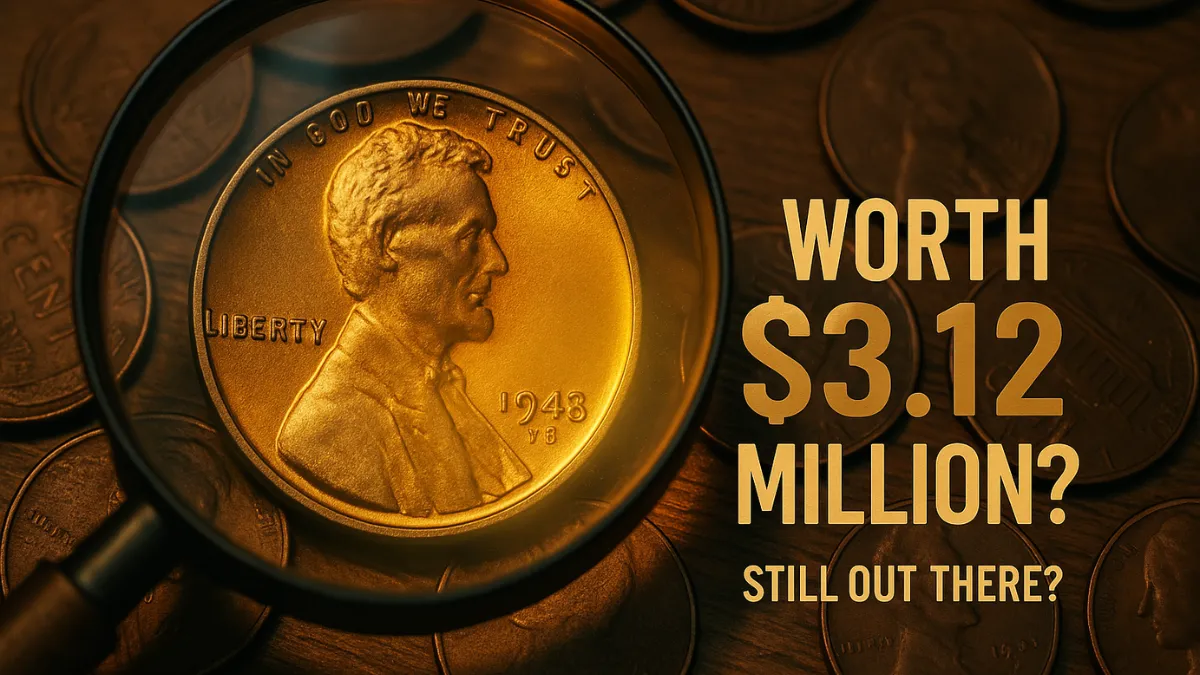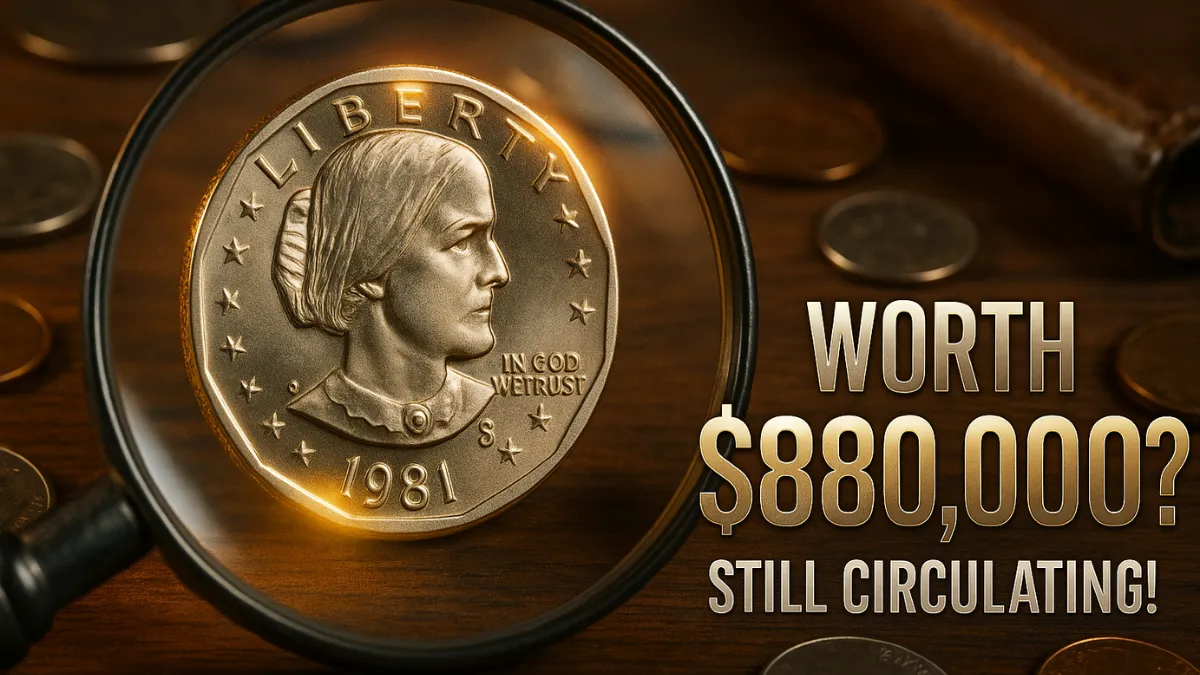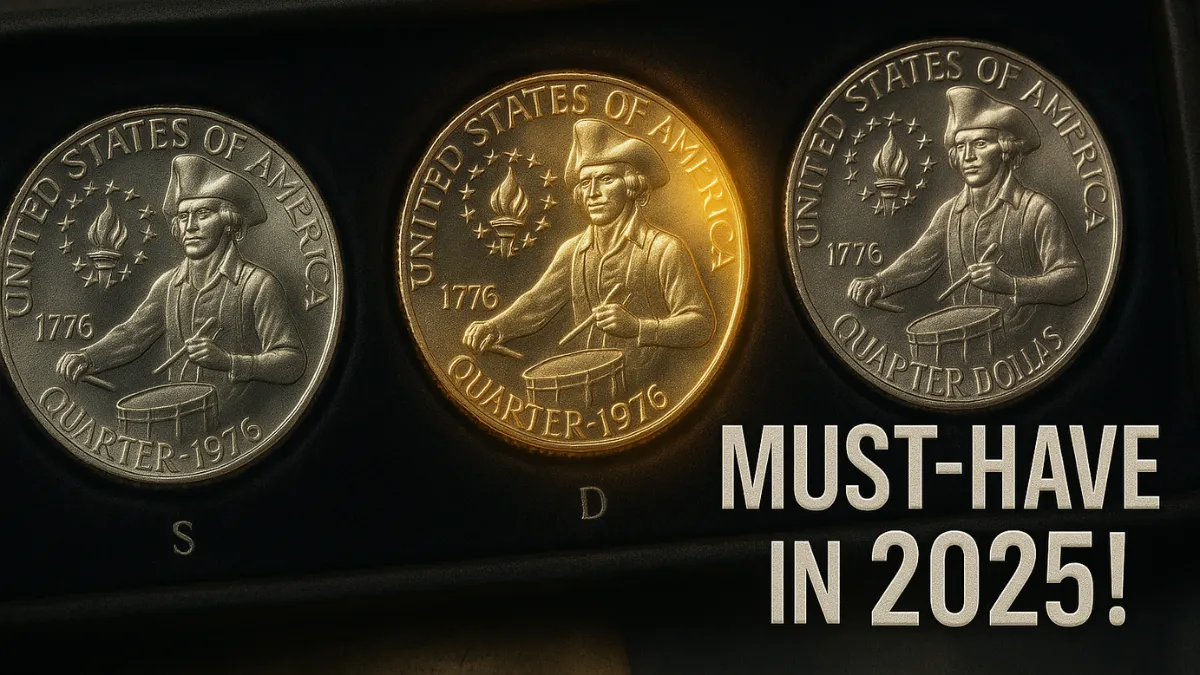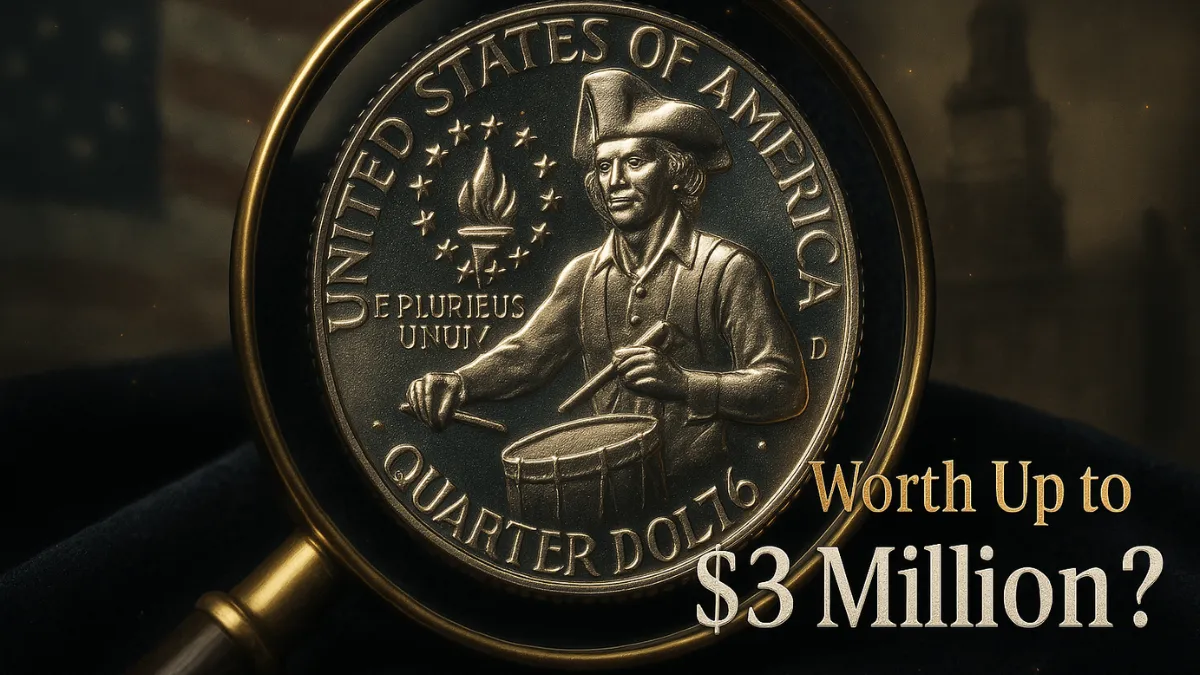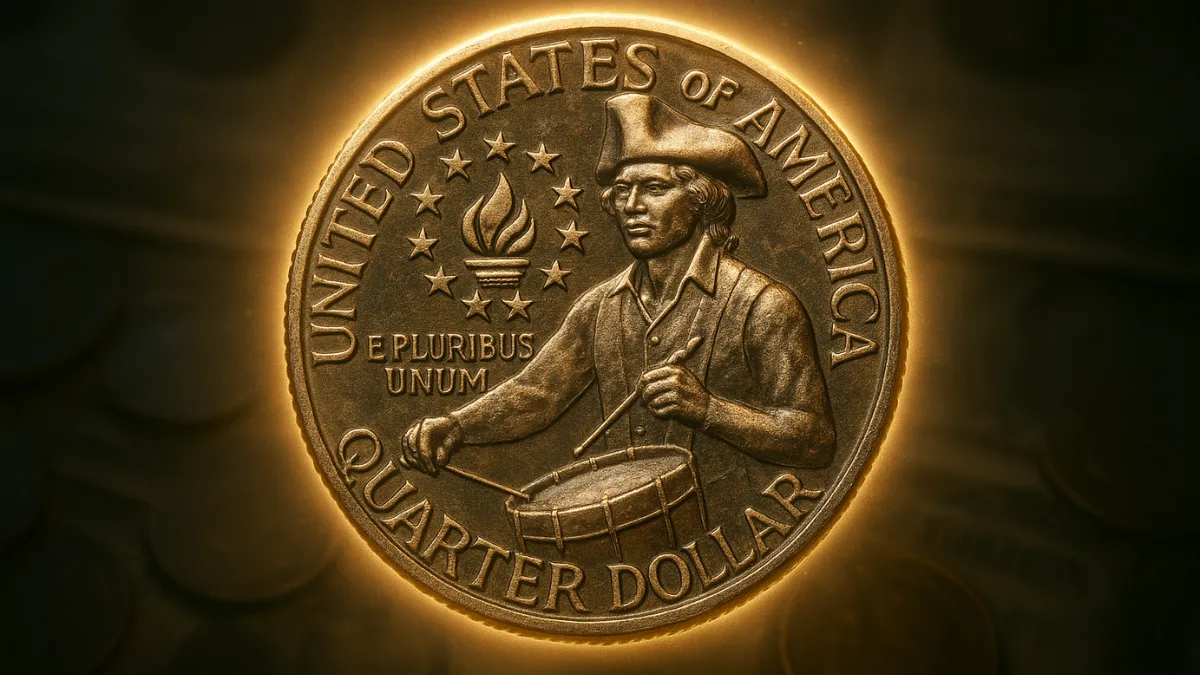In the world of coin collecting, few stories are as exciting as the one about a small copper-colored coin that could be worth millions. The Lincoln Wheat Penny, made between 1909 and 1958, is a well-known piece of U.S. history. But among these pennies is one very rare version.
A special 1943 Lincoln Wheat Penny was accidentally made in bronze instead of steel and has been valued at up to $3.12 million. What makes it even more interesting is that this valuable coin might still be hiding in someone’s pocket or change jar today.
The Birth of the Lincoln Wheat Penny
The Lincoln Wheat Penny first came out in 1909 to celebrate 100 years since Abraham Lincoln was born. The coin was designed by Victor David Brenner and was the first U.S. coin to show a real person instead of the image of Liberty.
The back of the coin had two wheat stalks, which is why it’s called a “Wheat Penny.” These coins were mostly made of 95% copper and stayed that way until World War II changed things.
Why 1943 Is So Special
During World War II, copper became very important for making bullets and other war supplies. So in 1943, the U.S. Mint made pennies from zinc-coated steel instead of copper to save materials. These new coins looked silver and felt lighter than the regular copper ones. But by mistake, a few 1943 pennies were made using leftover bronze blanks from 1942.
These error coins weren’t discovered right away and are now some of the most valuable coins to collectors. Experts believe that only about 15 to 20 of these bronze 1943 pennies still exist, which makes them extremely rare and worth a lot of money.
The $3.12 Million Lincoln Penny
One of the most famous 1943 bronze pennies was sold for an amazing $3.12 million. This coin’s high price is not just because it’s rare—it’s also because of its excellent condition, its unique history, and the mistake made during its creation.
This particular penny was certified by a well-known grading service, which proved it was real and added to its value. What makes the story even better is that a teenager once found this coin in his high school cafeteria change jar back in the 1940s. He kept it safe for many years before it was sold at auction, becoming famous in the coin collecting world.
Could One Still Be in Circulation?
Even though it’s very rare, it’s still possible—though not likely—that one of these valuable pennies is out there somewhere. One might be hiding in an old coin collection, a piggy bank, or even a forgotten box in the attic. It’s also possible someone spent one years ago without realizing its true value.
Most people don’t pay much attention to old or worn pennies, but coin collectors do. They always check their change just in case one of these hidden treasures shows up.
How to Spot a 1943 Bronze Lincoln Penny
If you want to check whether your penny is one of the rare 1943 bronze ones, here are some simple ways to test it:
Magnet Test: Steel pennies from 1943 stick to a magnet, but bronze ones do not. If your 1943 penny doesn’t stick, that’s a good sign.
Color: Steel cents are gray or silver-colored. Bronze coins are more reddish or brown, like regular copper pennies.
Weight: A bronze penny weighs about 3.11 grams, while a steel one is lighter at around 2.7 grams.
Date and Mint Mark: Look at the year on the penny—it should say 1943. Also, check for a mint mark: “D” for Denver, “S” for San Francisco, or no mark for Philadelphia.
Professional Appraisal: If you think you have one of these rare coins, take it to a trusted coin expert or grading service like PCGS or NGC to make sure it’s real.
The Thrill of the Hunt
One of the reasons people enjoy collecting coins is the fun and excitement of finding something special. Coins are more than just money—they’re pieces of history that have passed through many hands. The idea that a simple penny in your pocket could be worth millions keeps collectors looking closely at every coin. Even everyday hobbyists dream of making a big discovery just by checking their change.
Final Thought
The story of the 1943 bronze Lincoln Wheat Penny is a great example of how a small mistake can turn into something incredibly valuable over time. While the chances of finding one are very small, they’re not zero—and that’s what keeps collectors hopeful. So the next time you see a penny, don’t just toss it aside. Take a closer look. It might be a rare piece of history that’s worth a fortune.
FAQs
Q1: How many 1943 bronze Lincoln Wheat Pennies are known to exist?
A: Only around 15 to 20 of these rare coins have been found so far.
Q2: Why are they so valuable?
A: They’re valuable because they’re very rare, have an interesting history, and were made by mistake.
Q3: Can I find one in my pocket change?
A: It’s not likely, but it’s still possible. Some might still be hidden in old jars or collections.
Q4: How can I tell if my 1943 penny is bronze or steel?
A: Try a magnet—steel sticks, bronze doesn’t. Also look at its color and weight.
Q5: What should I do if I think I have one?
A: Don’t clean the coin. Take it to a coin dealer or grading service to have it checked and valued.
